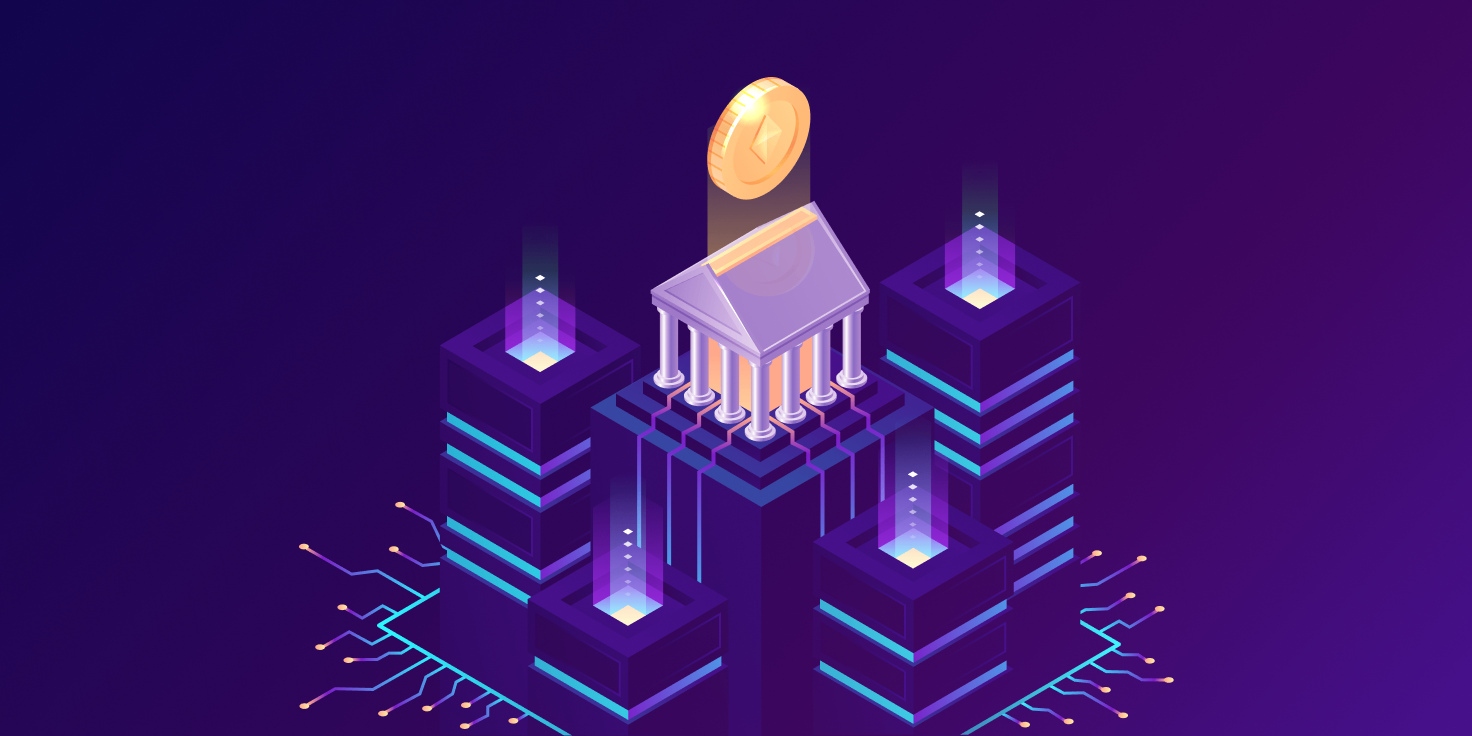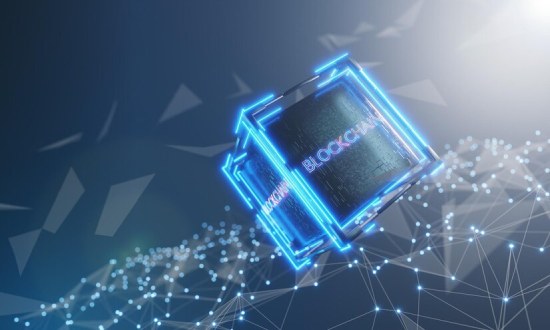Real-World Asset (RWA) Tokenization
Tokenization of RWAs brings physical assets onto blockchain networks. Tangible assets like real estate, gold, and commodities can be divided into tradable digital tokens, improving liquidity. Chainalysis notes that tokenizing RWAs opens access to global investor pools. Intangible assets such as intellectual property, digital art, or music rights can also be tokenized, allowing creators to monetize without intermediaries.

 Blockchain Application Development
Blockchain Application Development
 Fintech Blockchain App Development
Fintech Blockchain App Development
 Hyperledger Application Development
Hyperledger Application Development
 STO Development Services Company
STO Development Services Company
 Exchange Development
Exchange Development
 Cryptocurrency Wallet Development
Cryptocurrency Wallet Development






